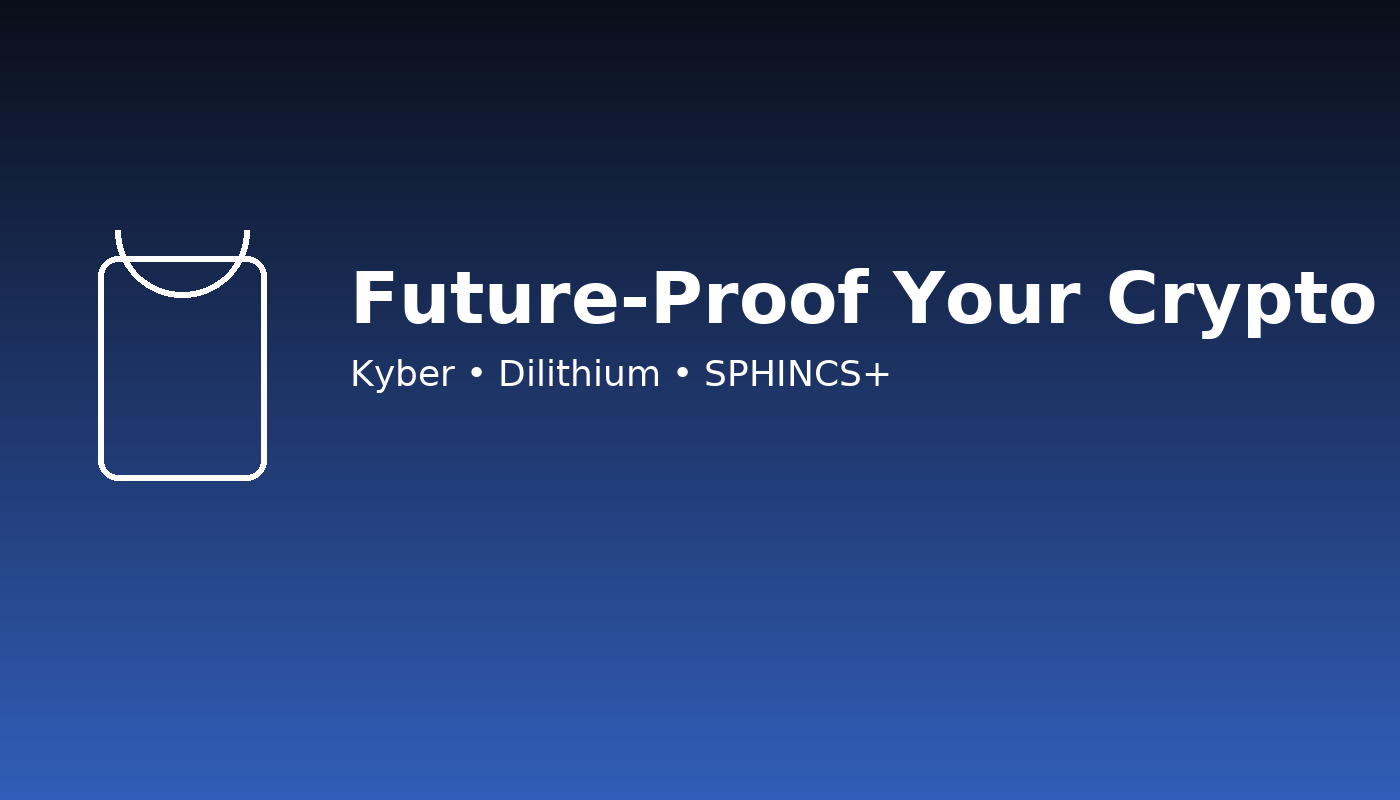
Quantum computers will eventually crack today’s common public-key crypto (like RSA and ECC) using algorithms such as Shor’s. That doesn’t mean panic — it means planning. Post-quantum cryptography (PQC) is a new family of math-based algorithms (e.g., Kyber for key exchange, Dilithium and SPHINCS+ for signatures) designed to withstand quantum attacks. In plain English: swap out the vulnerable parts over time, keep flexibility (crypto-agility), and don’t forget basics like MFA, patching, and key hygiene. Start now by making an inventory of where crypto lives in your systems, prioritizing high-value data (especially anything that needs to stay secret for years), and testing PQC-ready libraries so you can migrate smoothly.

